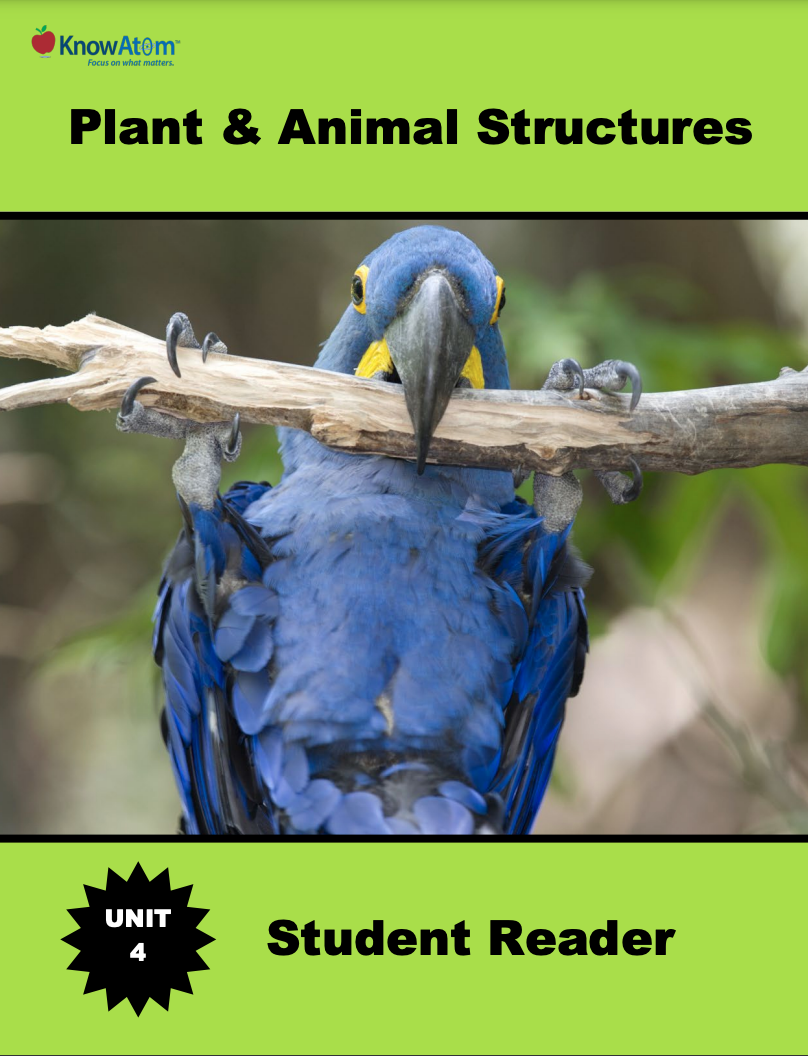
In this unit, students focus on the biosphere and how living things depend on their environment and one another for survival. In this first lesson of the unit, they explore the science phenomena of the flow of energy through a food web. This page outlines key parts of the lesson.
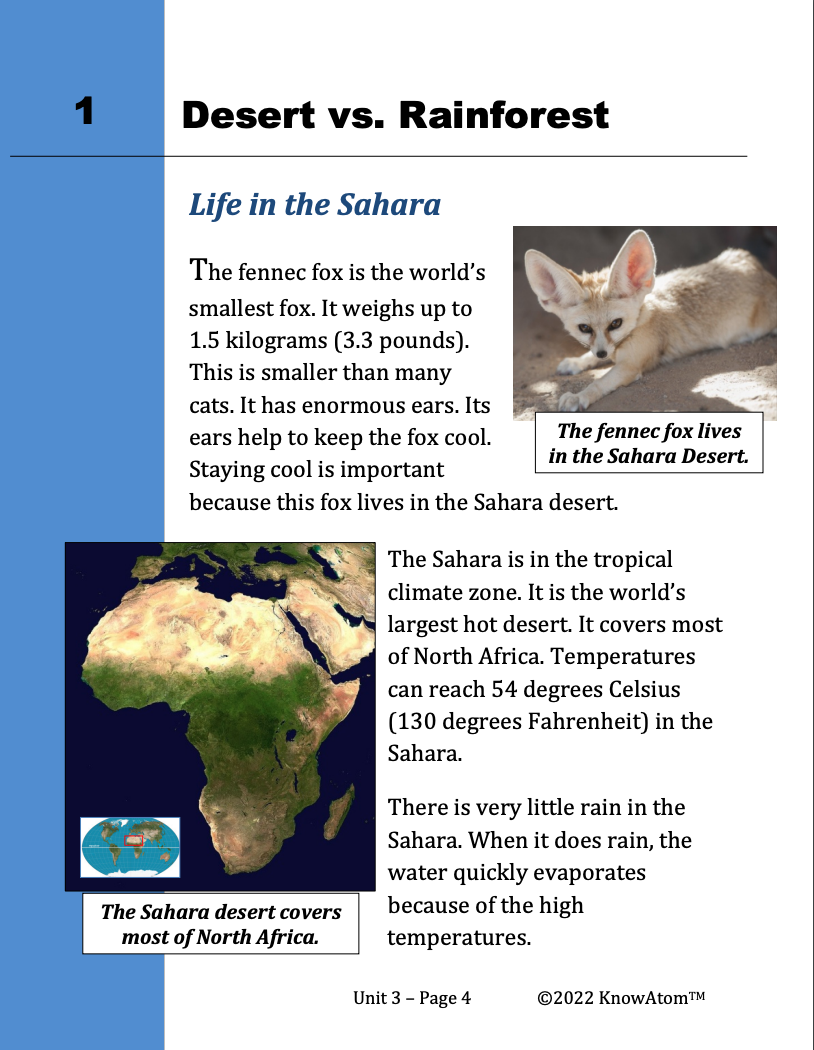
In this lesson, students evaluate the science phenomena of how organisms are affected when the environment changes. Students carry out an experiment to analyze two possible solutions that could be used to help a population of harpy eagles recover from the impacts of deforestation over time. This is a high-level extract of this lesson.
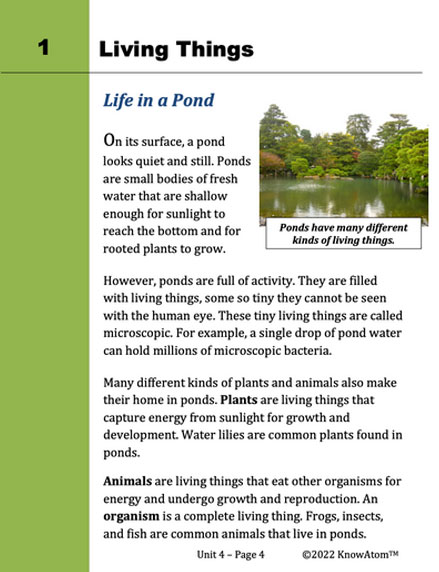
In this unit, students analyze how matter cycles between the living and nonliving parts of an ecosystem. They compare plant and animal cells, figuring out how internal structures help an organism get energy. Then, in this lesson, students figure out how energy flows and matter cycles through a food web, and investigate the phenomena of how plants convert non-food sources, such as light, air, and water, into food sources. This page showcases key elements of this lesson.
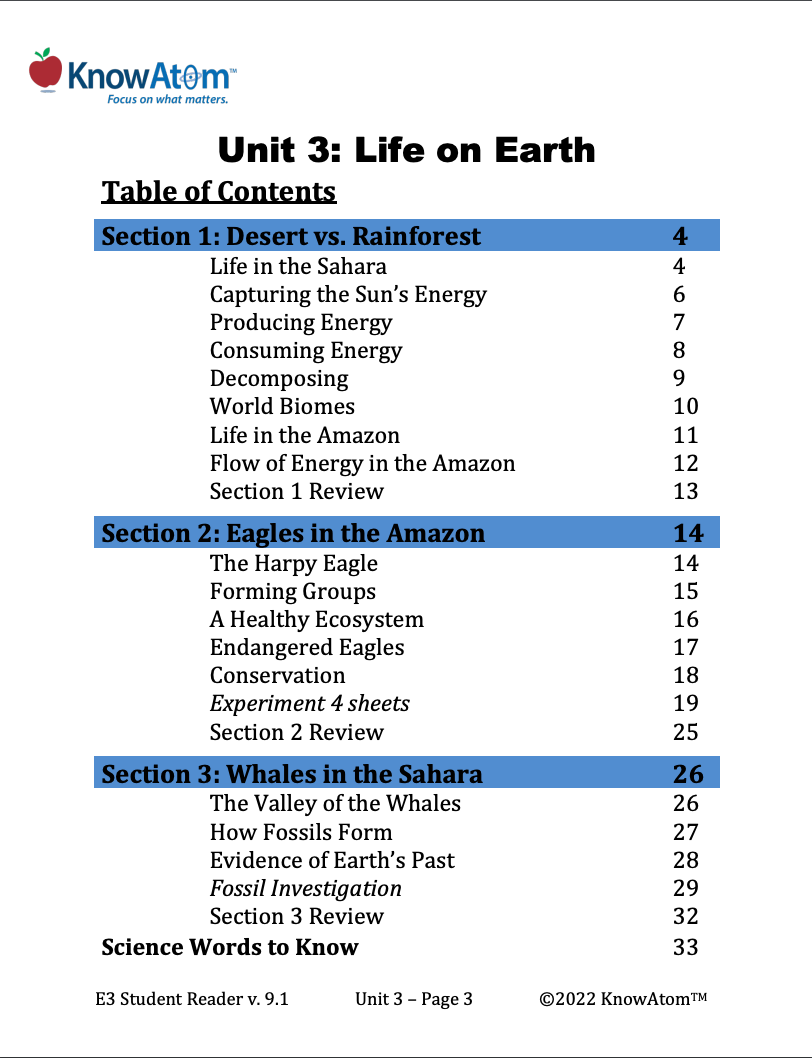
In this unit, students explore the science phenomena of the interdependence of living things and their environment as they analyze how individual organisms are suited to their particular environment. In this lesson, students evaluate how Earth’s biomes have changed over geologic time, studying fossils for clues of the past.
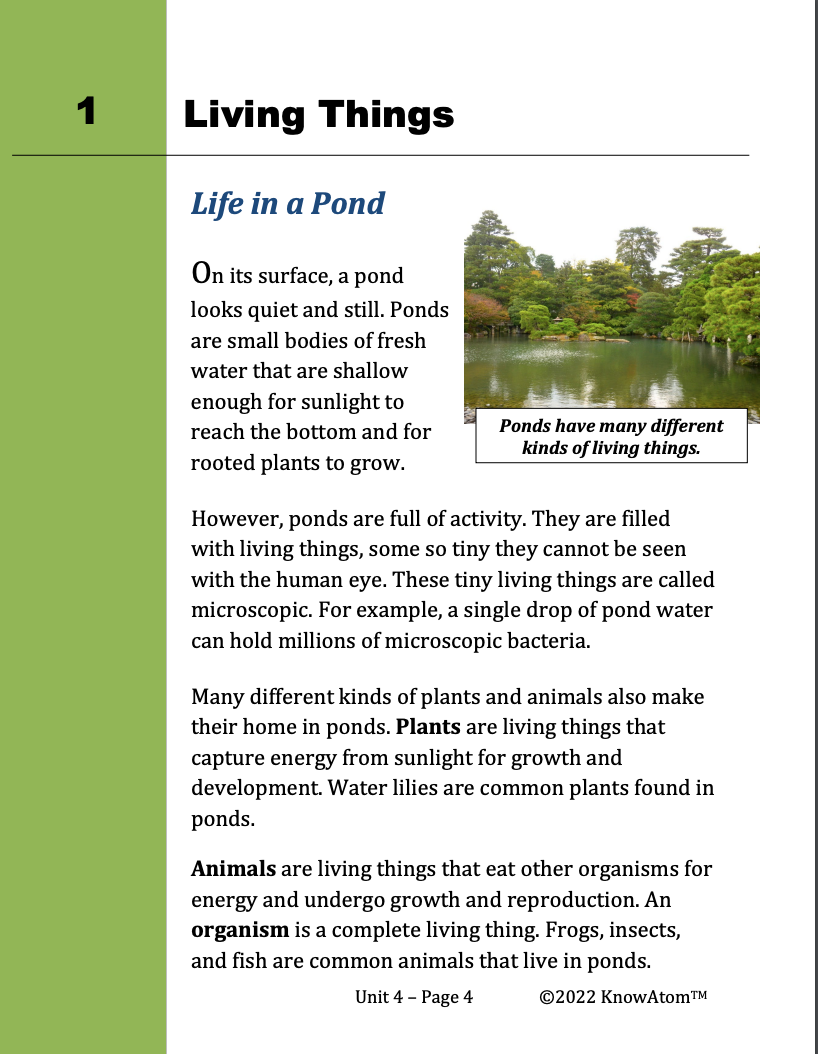
In this unit, students analyze how matter cycles between the living and nonliving parts of an ecosystem. They compare plant and animal cells, figuring out how internal structures help an organism get energy. Then, in this lesson, students figure out how energy flows and matter cycles through a food web, and investigate the phenomena of how plants convert non-food sources, such as light, air, and water, into food sources. This page showcases key elements of this lesson.
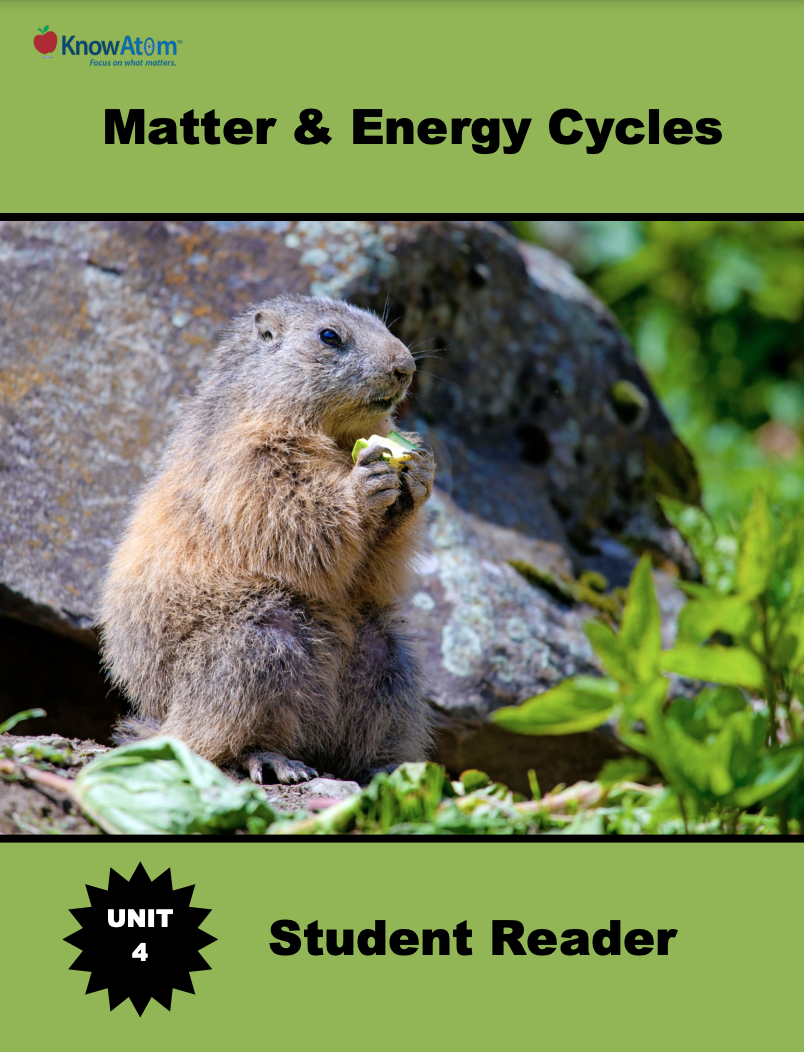
In this unit, students focus on the biosphere, analyzing the science phenomena of how living things interact with one another and their environment for survival. In this lesson, students focus on the role of decomposition as they design a compositing solution. This page is a high-level extract of this lesson.
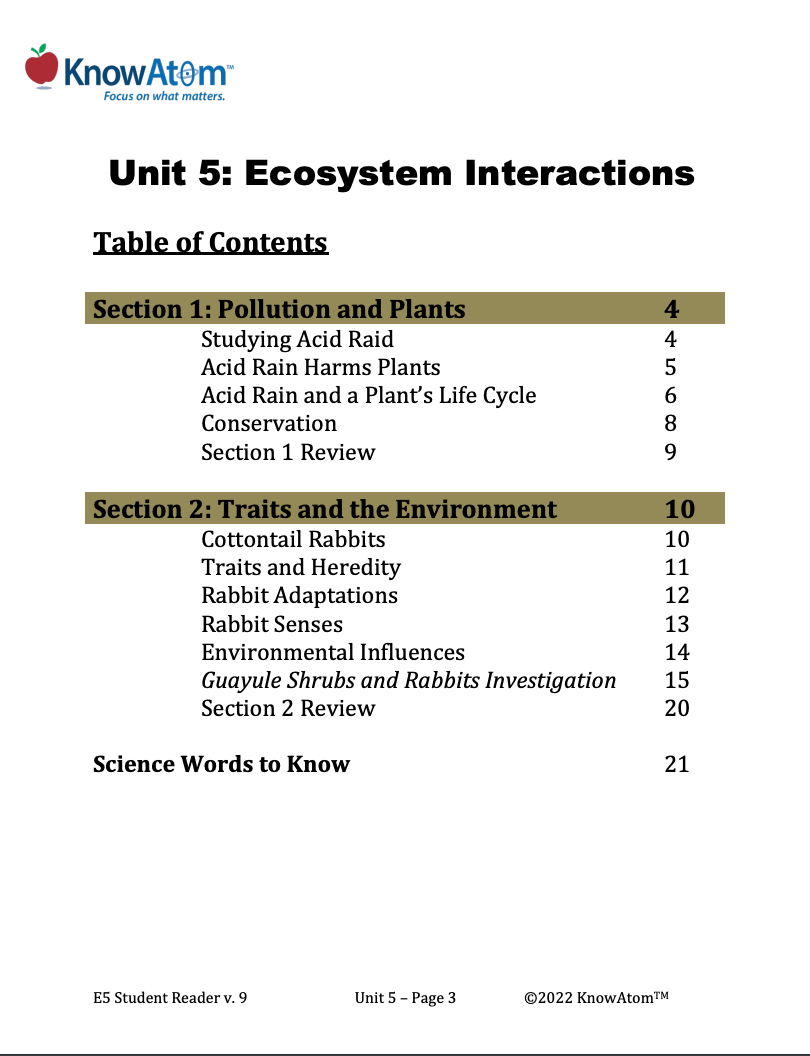
In this unit, students evaluate the science phenomena of how a change to an ecosystem can impact the living things that make it up. In this lesson, students explore how a change to the kind of plants in an environment results in a ripple effect phenomena on predation in the area. This page is a high-level extract of this lesson.
Standards citation: NGSS Lead States. 2013. Next Generation Science Standards: For States, By States. Washington, DC: The National Academies Press. Neither WestEd nor the lead states and partners that developed the Next Generation Science Standards were involved in the production of this product, and do not endorse it.
